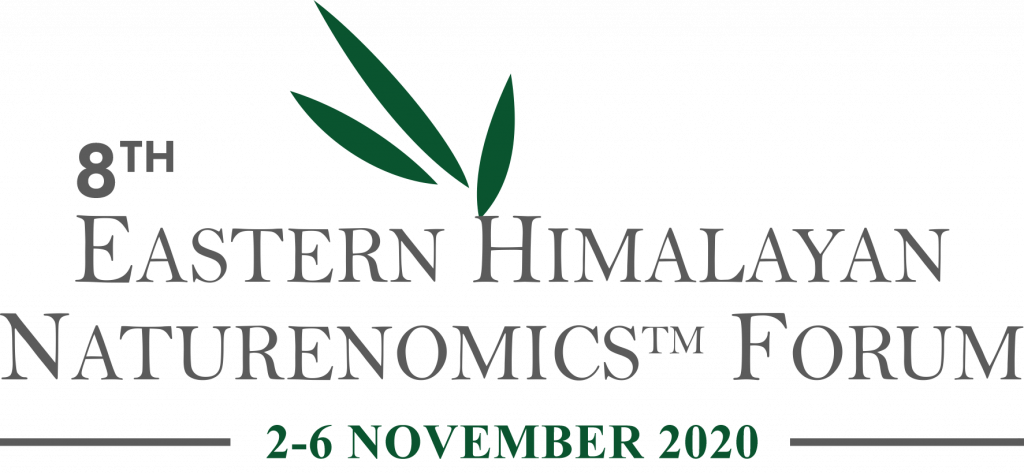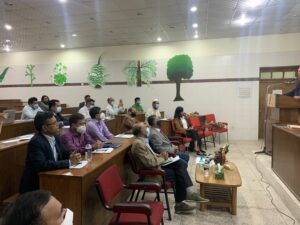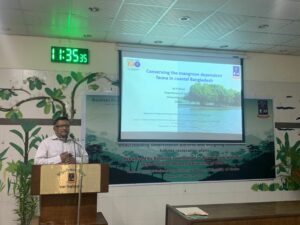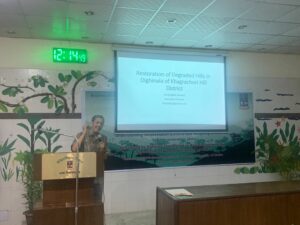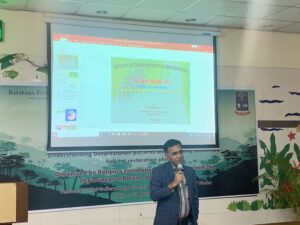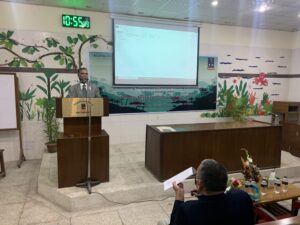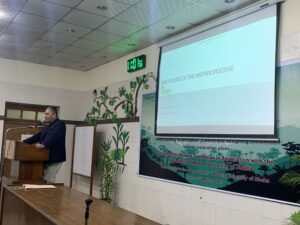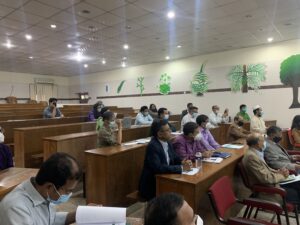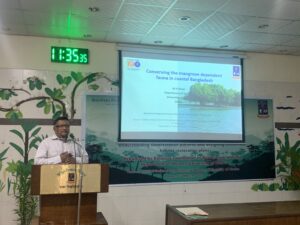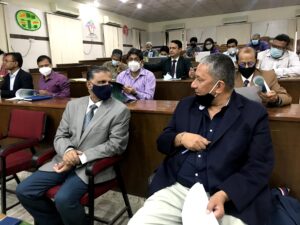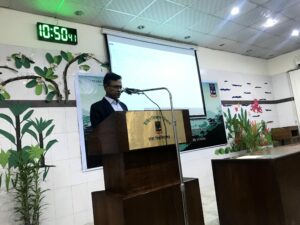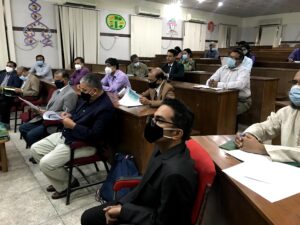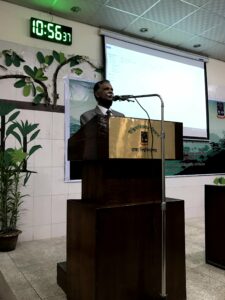Eastern Himalayan Rural Futures®:
Ecology for the New Economy
creating a Naturenomics™ Agenda – Ecology for the New Economy
THEME : Understanding Deforestation patterns and designing customized habitat restoration plans for Bangladesh
About
Coastal vegetated ecosystems in Bangladesh, such as mangroves, seagrass meadows, and salt marshes, are considered to be some of the most valuable and productive coastal ecosystems on the planet . Collectively termed “blue forest ecosystems,” international climate and conservation discussions have been focusing on these habitat types. One of the most talked services about blue forest ecosystem has been carbon sequestration/storage due to the growing recognition of the effectiveness of these habitats in climate regulation through pulling carbon out of the atmosphere.
In addition, these habitats provide a number of important ecosystem services and benefits that contribute to poverty alleviation and food security, including food and raw material provision, opportunities for recreation and tourism, and moderation of extreme events as some of the more commonly cited services. Among all the coastal ecosystem services, Mangrove forests in particular are the focus of many international conservation discussions. Mangroves provide a number valuable ecosystem services that contribute to human wellbeing, including provisioning (e.g., timber, fuel wood, and charcoal), regulating (e.g., flood, storm and erosion control; prevention of salt water intrusion), habitat (e.g., breeding, spawning and nursery habitat for commercial fish species; biodiversity), and cultural services (e.g., recreation, aesthetic, non-use).
Additionally, these critical ecosystems act as biological filters, maintaining water quality in coastal regions and providing nursing grounds for a number of diverse flora and fauna species particularly fish. Due to these characteristics, the potential for private incentives to sustainably manage mangrove ecosystem services is limited and markets for such services do not exist.
Key Higlights
A Bangladesh working group to be introduced – a committee to develop an action plan for forest restoration and land value optimization for Bangladesh comprising of community members, SHG Group members, students, entrepreneurs, academicians from Dhaka University, NGO representatives, Bangladesh forest department officials.
An overview on how cultural practices play an integral role towards restoration of the environment, preserving the mangrove forest and the managing the ecosystem
An insight into the lives of coastal tribal communities of Bangladesh: tradition, culture, livelihoods, dependence on forest ecosystem, co-existence with nature , environmental challenges and concerns.
Reflected on case studies from the coastal fringes that has supported community livelihoods, and has empowered ingenious members.
Understanding and sensitizing indigenous communities of Bangladesh about the importance of many ecosystem services that are provided by Mangrove ecosystems and which cannot be valued monetarily, but that are often equally important to local communities.
The short-sighted degradation of the critical mangrove forests will affect countries globally and especially the Eastern Himalayas, and will also potentially undermine the economic foundation of Bangladesh. Perhaps it will expose humans to the worst climate change effects.


